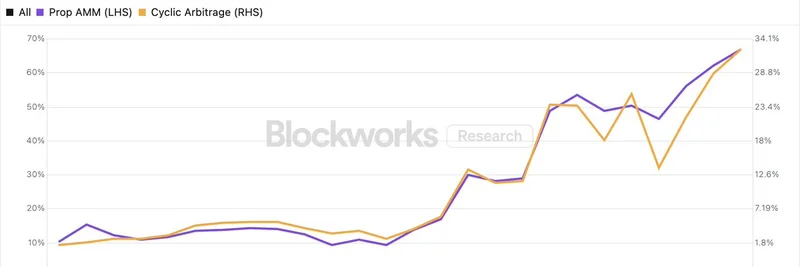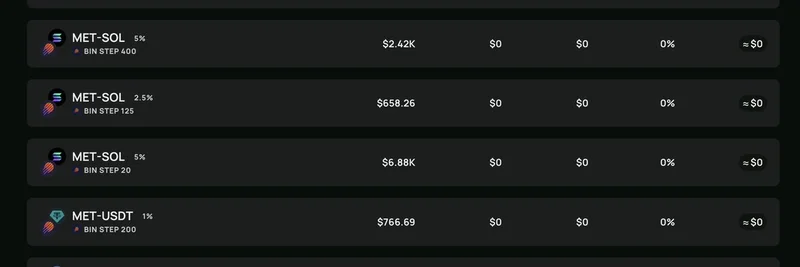EFI on Base (contract: 0x1371ef6153a681e4d2c8d9e20deab629aa06a8dd) is surfaced in community research as the EtherFi token on Base, a Layer-2 network built on Ethereum. That said, public, centralized listings and official docs specifically tying this Base contract to EtherFi are limited. Treat this guide as a practical overview plus a cautionary checklist to help you verify before you interact.
Important: This EFI is not Enjin’s Efinity token. Efinity’s EFI lives on Ethereum/Polkadot and uses a different Ethereum contract, for example 0x656c00e1bcd96f256f224ad9112ff426ef053733.
Quick facts
- Symbol: EFI
- Name (per community research): EtherFi
- Chain: Base (Layer-2 on Ethereum)
- Contract: 0x1371ef6153a681e4d2c8d9e20deab629aa06a8dd
- Standard: ERC-20 (on an EVM-compatible L2)
- Primary role (claimed): Governance and utility within the EtherFi liquid staking ecosystem
What EtherFi does, in simple terms
EtherFi is a non-custodial liquid staking protocol. You stake ETH and receive a liquid token (eETH) that represents your staked position. Because it’s non-custodial, you keep control of your keys. By deploying on Layer-2 networks like Base, the protocol can offer cheaper, faster interactions than mainnet.
How EFI fits in (as described by community research):
- Governance: Vote on protocol parameters and upgrades.
- Incentives: Rewards for staking participation or liquidity provision.
- Utility: Potential fee discounts or protocol-specific functions tied to staking and restaking.
Why there’s confusion around “EFI”
Two different projects use the ticker EFI:
- Efinity (by Enjin): Focused on NFTs and interoperability; contract example on Ethereum is here.
- EtherFi: Focused on liquid staking (ETH to eETH), with an EFI token reported on Base at the contract above.
Always match the contract address, not just the ticker.
Tokenomics snapshot (what’s known and unknown)
What’s generally expected for a governance token like EFI:
- Supply: Typically fixed or capped, with allocations to community incentives, contributors, and the treasury.
- Distribution: Portions for staking/liquidity incentives, team/advisors (often with vesting), and community programs.
- Mechanics: Some protocols add fee-sharing, discounts, or deflationary elements, but details for this Base contract aren’t formally published in one canonical source.
For the most current on-chain stats (holders, supply, transfers), check the token page on Basescan.
Base integration benefits at a glance
- Lower fees than Ethereum mainnet
- Faster confirmations for staking-related actions
- Compatibility with Base-native and multi-chain DeFi apps
Risks and what to verify
Because public, verifiable documentation tying EtherFi and this exact Base contract is limited, take extra care:
- Contract verification: Confirm you’re interacting with the correct contract on Basescan.
- Official sources: Look for mentions of this Base contract on EtherFi’s site or official social channels.
- Code and taxes: Inspect the contract for restrictive functions, trading taxes, or blacklist mechanics.
- Liquidity depth: Thin liquidity can lead to high slippage and price manipulation.
- Smart contract and L2 risk: Even audited code can have bugs; optimistic rollups have different settlement assumptions than mainnet.
- Ticker collision: Don’t confuse this with Efinity’s EFI.
How to buy and trade EFI on Base
Decentralized options (always paste the exact contract address when swapping):
- Uniswap on Base: https://uniswap.org/
- SushiSwap on Base: https://www.sushi.com/
- Track and trade via GMGN.AI (with analytics): https://gmgn.ai/base/token/fV1R5sZ5_0x1371ef6153a681e4d2c8d9e20deab629aa06a8dd
Simple steps:
- Set up a Base-compatible wallet like MetaMask.
- Bridge ETH to Base using the Base Bridge.
- On your chosen DEX, select EFI by pasting the contract 0x1371ef6153a681e4d2c8d9e20deab629aa06a8dd to avoid fake tokens.
- Keep a small amount of ETH on Base for gas.
Note: Some centralized exchanges may list EFI, but Base-specific pairs may be limited. Always confirm the network and contract before depositing or withdrawing.
DYOR checklist
- Contract matches: Basescan token page
- Official confirmations: Website, docs, or announcements from EtherFi
- Community health: Developer updates, governance activity, and protocol integrations
- Liquidity and volume: Depth on DEXes, spread, and slippage
- Security posture: Audits, bug bounties, or security disclosures
Bottom line
EFI on Base, at the contract above, is widely referenced as the EtherFi token for governance and utility in a non-custodial liquid staking ecosystem. However, because public confirmations and centralized listings for this specific Base deployment are still sparse, proceed with caution. Verify the address, understand the risks, and only transact through trusted interfaces. This article is for information only and is not financial advice.




